Best Practices Articles

Activating and Enabling Partners with PRM Software for Long-Term Success
Partner programs are only as strong as the activation and enablement processes that support them. Many teams see recruiting partners as the first win, but the real challenge is turning those recruits into productive, engaged, and revenue-generating collaborators. For modern SaaS companies, achieving this at scale requires more than just one-time onboarding. It demands a sustained commitment to partner education, relationship-building, and performance optimization—all underpinned by PRM Software.
This article explores how organizations can activate and enable their partners for long-term success using PRM software. Through intentional onboarding, consistent education, personalized engagement, and data-driven performance tracking, PRM software becomes the engine behind scalable and sustainable partner ecosystems. The key is recognizing that activation is not a one-time milestone—it’s an ongoing journey that creates lasting value for the company and its partners.
1. Activation Begins with Intentional Onboarding
Bringing a partner into the fold is not a one-click process. Proper activation requires structured onboarding that aligns new partners with the company’s value proposition, expectations, and business model. New partners often fail to engage, underperform, or churn prematurely without a clear onboarding strategy. PRM software solves this problem by offering scalable, automated onboarding workflows tailored to different partner types and personas.
The team starts onboarding when they accept a partner into the program. With PRM software, companies can automate welcome emails, assign relevant training modules, and route partners through customized onboarding paths based on their categories—such as affiliates, agencies, resellers, or integration partners. This segmentation is critical for delivering a personalized and relevant experience at scale. For example, agencies may require more in-depth product training, access to co-marketing assets, and certification tracks, while affiliates may need simple, self-service referral tools.
Beyond the mechanics, onboarding should aim to build early momentum. Effective onboarding strategies drive partners to achieve small wins early—such as completing a training module, submitting a lead, or participating in a kick-off meeting. PRM platforms allow companies to monitor these actions and intervene when necessary. Automated reminders, milestone tracking, and progress dashboards keep partners engaged and on track. By turning onboarding into a structured, high-touch experience powered by automation, organizations can ensure that new partners are well-equipped and motivated to succeed.
2. Education is the Engine of Enablement
Onboarding may get partners through the door, but enablement turns them into high-performing advocates. PRM software serves as the foundation for scalable and ongoing partner enablement. Companies can empower partners with the knowledge and tools they need to drive results through structured learning journeys, self-serve content libraries, and real-time access to updates.
Effective enablement begins with education. PRM platforms provide a centralized hub where partners can access training materials, playbooks, FAQs, product guides, and recorded webinars. Companies can design and assign learning paths based on partner roles or tiers and use the platform to track certification progress and content engagement. This data is critical for ensuring that partners stay informed and aligned with evolving product strategies, messaging, and competitive landscapes.
In addition to on-demand education, ongoing learning opportunities are essential. PRM software supports delivering live virtual events, product launch briefings, and partner roundtables. These interactive touchpoints reinforce relationships and ensure partners are up-to-date on the latest developments. Attendance and participation can be tracked through the PRM system, helping identify which partners are actively investing in their success. Enablement is not a one-time effort—it’s a continuous process that strengthens partner relationships and drives consistent performance.
3. Driving Engagement Through Performance Tracking and Recognition
Activation and enablement are only meaningful if they lead to measurable partner engagement. PRM software is critical in helping companies monitor performance, tailor outreach, and recognize success. Organizations gain visibility into every aspect of partner activity through real-time data dashboards and automated reporting.
PRM platforms allow companies to segment partners by performance level—such as high-performing, at-risk, or inactive—and deliver personalized experiences accordingly. The team rewards top performers with exclusive resources, co-marketing campaigns, or early access to new features. Underperforming partners can receive targeted enablement or personalized outreach to re-engage them. This level of customization is only possible with the insights provided by a robust PRM system.

Recognition is also a powerful engagement lever. Badges, leaderboards, certification levels, and public acknowledgment can significantly boost morale and motivation. PRM software makes tracking milestones easy and publicly celebrating achievements through newsletters, portals, and social media. Creating a culture of recognition not only reinforces positive behaviors but also inspires other partners to reach higher. Recognition ensures that partners feel valued and committed to mutual success when combined with performance tracking.
4. Enabling Personalized Engagement at Scale
Personalization is the key to meaningful partner engagement. Partners are more likely to stay active and invested when they receive content, communication, and support that align with their goals. PRM software enables organizations to deliver personalized engagement at scale by using behavioral data, segmentation, and dynamic content distribution.
Using PRM platforms, companies can track each partner’s actions and preferences—from the training modules they complete to the assets they download and the deals they register. The team uses this information to tailor communications, recommend relevant resources, and deliver timely nudges that guide partners toward the following best action. Whether it’s a custom onboarding email, a curated content bundle, or a personalized training invitation, PRM software makes it possible to engage partners in a targeted and relevant way.

Personalization also extends to partner support. Through PRM systems, partners can receive content in their preferred language, access tools that align with their business model, and connect with support teams or account managers when needed. These tailored experiences increase partner satisfaction and reduce churn. Companies can use PRM software to orchestrate customized journeys to ensure that partners feel seen, supported, and set up for long-term success.
5. Powering Co-Marketing and Co-Selling Efforts
Effective partner enablement extends beyond internal processes to joint go-to-market efforts. Co-marketing and co-selling are essential for deepening partnerships and driving revenue. PRM software provides the infrastructure needed to manage these collaborative initiatives at scale.
Co-marketing capabilities within PRM platforms allow companies to create, distribute, and track campaigns executed with partners. These might include webinars, whitepapers, blog posts, email campaigns, or case studies. PRM systems streamline asset sharing, approval workflows, and performance tracking, ensuring both sides stay aligned and accountable. The ability to see which partners are actively promoting the brand—and how their efforts are performing—allows companies to replicate successful tactics and refine underperforming ones.
Similarly, PRM software supports co-selling by providing partners with deal registration portals, joint sales enablement materials, and account mapping tools. Partners can log opportunities, collaborate on strategy, and receive real-time updates on deal progress. This happens within the PRM system, ensuring transparency and reducing friction. Co-marketing and co-selling generate demand and deepen the strategic alignment between companies and their partners.
6. Measuring Impact and Iterating with Confidence
A core benefit of PRM software is the ability to measure the impact of partner enablement initiatives. Metrics such as onboarding completion rates, certification achievements, campaign engagement, and revenue influence can all be tracked and analyzed in real time. These insights help organizations understand what’s working, identify gaps, and optimize their strategies.
By continuously analyzing PRM data, companies can adjust their onboarding sequences, refresh enablement materials, and fine-tune partner incentives. A/B testing different touchpoints, tracking partner lifecycle stages, and benchmarking performance across partner types are all possible through a data-driven PRM approach. This level of visibility ensures that organizations don’t just scale—they scale smart.
With insights driving iteration, PRM platforms empower companies to treat partner enablement as an evolving strategy, not a static checklist. The ability to pivot quickly, invest where it matters, and sunset ineffective tactics separates high-performing programs from stagnant ones. PRM software is not just a management tool—it’s a strategic asset for continuous improvement.
Conclusion
Partner activation and enablement are not isolated tasks—they are strategic, continuous processes that determine the success of any ecosystem—having the right infrastructure matters in a world where partner loyalty and productivity can make or break growth targets. PRM software allows organizations to scale these processes with precision, transparency, and care.
Companies can build partner programs that deliver consistent value over time by investing in intentional onboarding, personalized education, real-time performance tracking, and data-driven engagement. PRM software enables teams to work smarter, reduce administrative burdens, and empower partners to succeed on their terms. Whether your goal is to improve partner retention, increase referral volume, or accelerate co-marketing campaigns, PRM tools provide the structure and insight needed to make it happen.
Ultimately, success in partner enablement isn’t about doing more—it’s about doing better and doing it at scale. With PRM software as the backbone of your ecosystem strategy, long-term partner success becomes achievable and repeatable.
Best Practices Guidebook
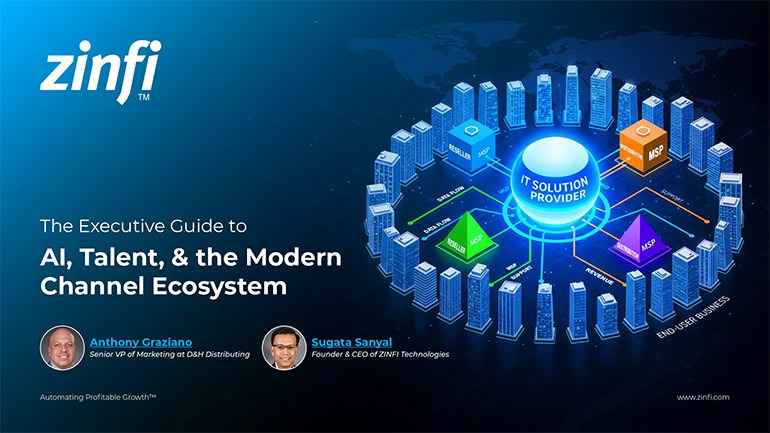 Modernizing Channel Marketing: AI and Ecosystem Enablement Best Practices
Modernizing Channel Marketing: AI and Ecosystem Enablement Best PracticesDownload for FREE
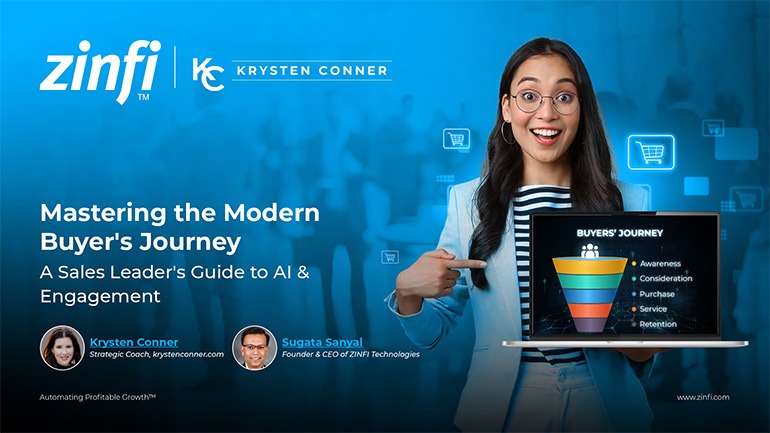 The Channel’s Shift to Partner-Led With AI Best Practices
The Channel’s Shift to Partner-Led With AI Best PracticesDownload for FREE
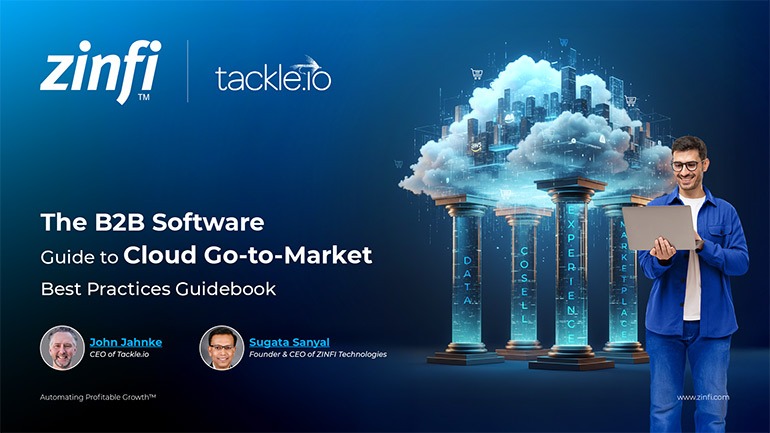 Hyperscalers, ISVs, and AI: Shaping the Future of B2B Software Distribution
Hyperscalers, ISVs, and AI: Shaping the Future of B2B Software DistributionDownload for FREE
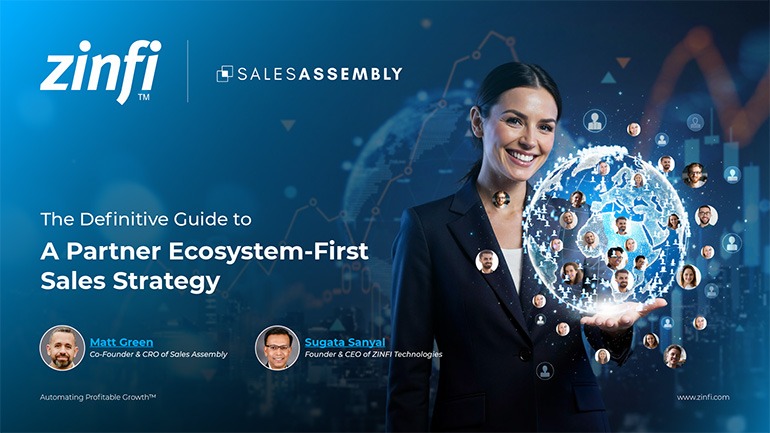 Definitive Guide to a Partner Ecosystem-First Sales Strategy
Definitive Guide to a Partner Ecosystem-First Sales StrategyDownload for FREE
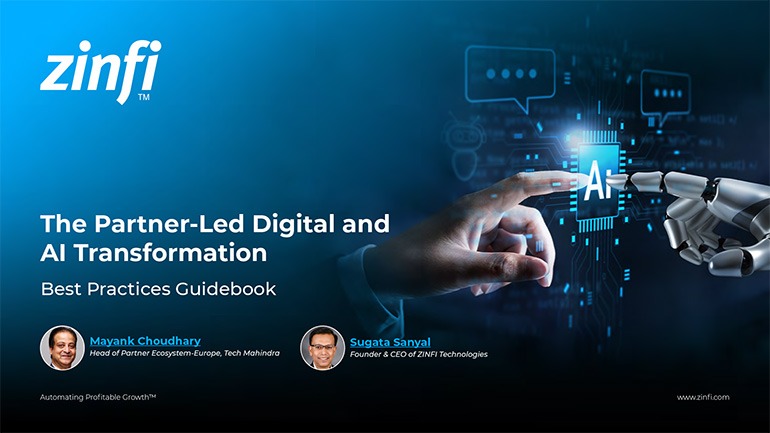 The Partner-Led Digital and AI Transformation Best Practices
The Partner-Led Digital and AI Transformation Best PracticesDownload for FREE
 Startup Talent Recruitment: Hiring Missionaries, Not Mercenaries
Startup Talent Recruitment: Hiring Missionaries, Not MercenariesDownload for FREE
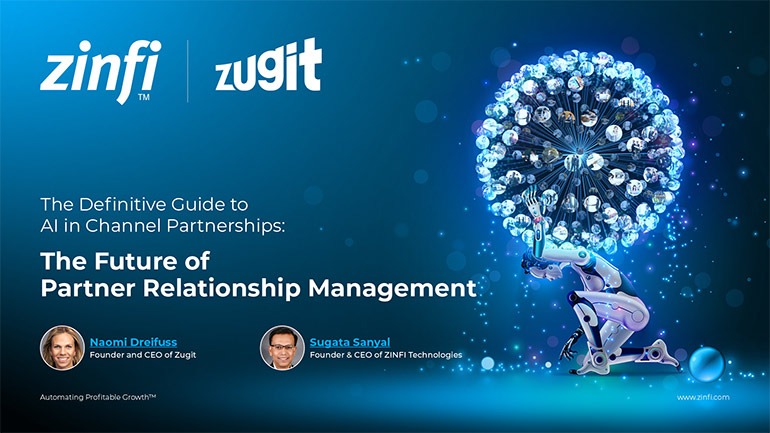 The Future of Partner Relationship Management with AI in Partnerships
The Future of Partner Relationship Management with AI in PartnershipsDownload for FREE
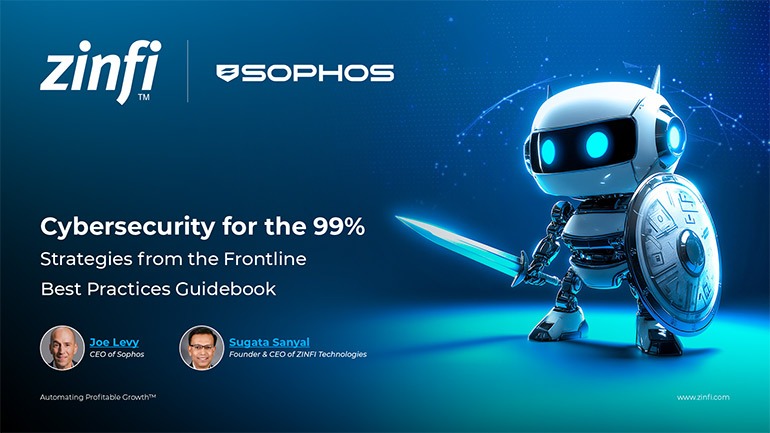 Cybersecurity for the 99%: Strategies from the Frontline
Cybersecurity for the 99%: Strategies from the FrontlineDownload for FREE
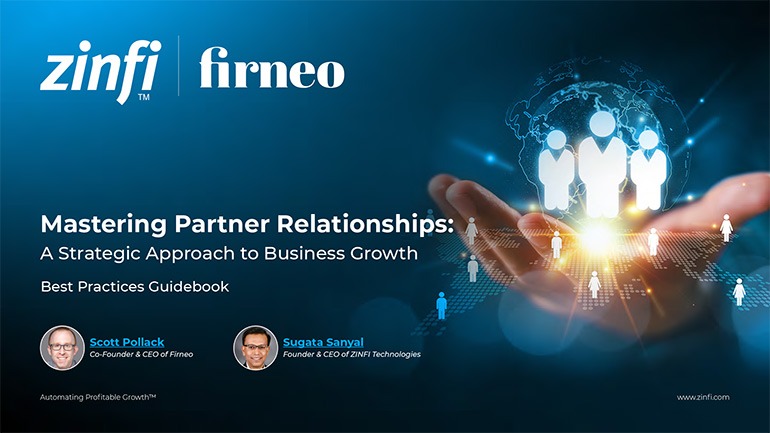 Mastering Partner Relationships: A Strategic Approach to Business Growth
Mastering Partner Relationships: A Strategic Approach to Business GrowthDownload for FREE
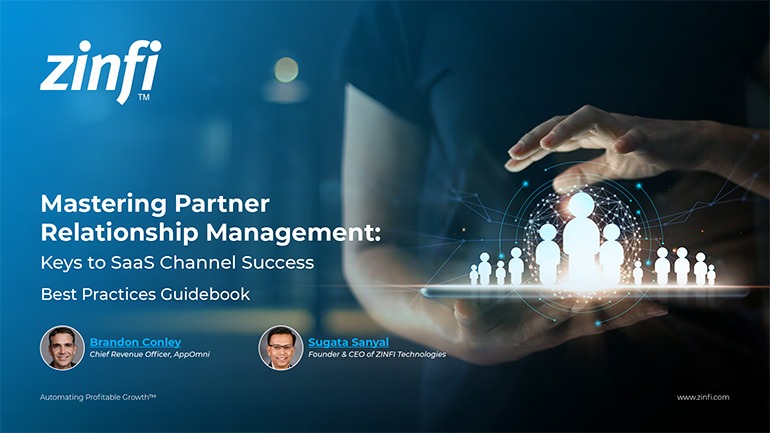 Mastering Partner Relationship Management: Keys to SaaS Channel Success
Mastering Partner Relationship Management: Keys to SaaS Channel SuccessDownload for FREE
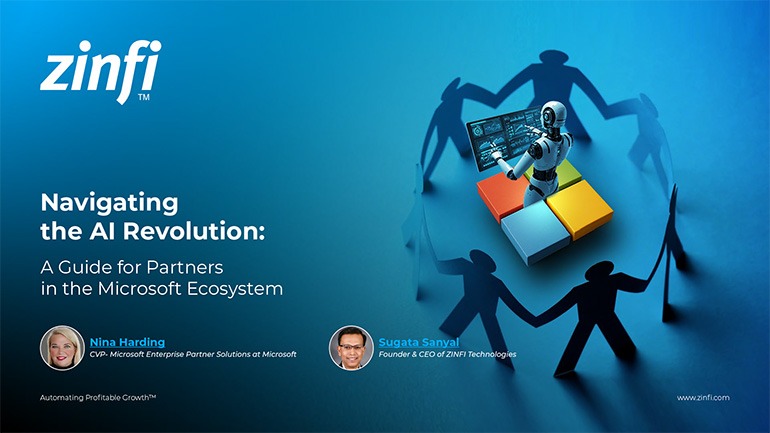 Navigating the AI Revolution: Guide for Partners in the Microsoft Ecosystem
Navigating the AI Revolution: Guide for Partners in the Microsoft EcosystemDownload for FREE
 Mastering the Modern Buyers Journey: Sales Leader’s Guide to AI & Engagement
Mastering the Modern Buyers Journey: Sales Leader’s Guide to AI & EngagementDownload for FREE










